The Sawdust Alfombras of Comayagua
These colorful sawdust illustrations are trampled into non-existence only moments after they are finished.
Using nothing but colored wood shavings the people of Comayagua, Honduras create rich religious tapestries that are trampled into oblivion the moment they are complete.
Each year, on the morning Good Friday, devout citizens of Comayagua, Honduras take to the streets to create temporary “Alfombras” (or “carpets”) depicting religious scenes. Using nothing but colored sawdust and other powders, the religious revelers create hundreds of intricately detailed and wonderfully colorful designs. These carpets, despite the skill and work put into them, only last a scant nine hours before they’re stamped out by a holy march marking the stations of the cross. Each carpet carries an evangelistic message and is designed freehand on cardboard molds. The sawdust is dyed with aniline to give it the vivid colors. The artful designs are financed by different families or local businesses who sometimes put their logo in the finished design.
This modern tradition actually only started in 1963 when one Miriam Elvira Mejia Rivera de Zapata created a sawdust carpet depicting a lamb outside Comayagua’s cathedral to commemorate the inauguration of the new bishop. Despite the tradition’s fairly contemporary origins in the town the making of sawdust carpets dates back to pre-Hispanic times and was later co-opted by the Christian faith.
The whole day is a celebration of art, color, tradition and faith and is a magnificent excuse to visit a country less traveled by tourists, even if just for one holy day.






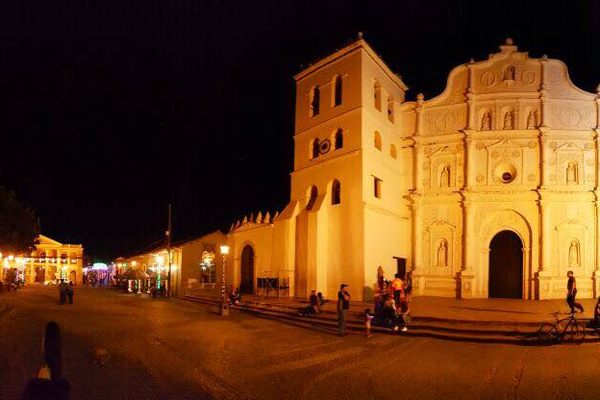


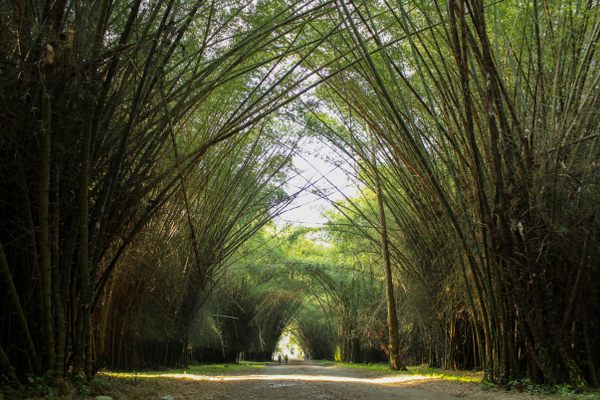
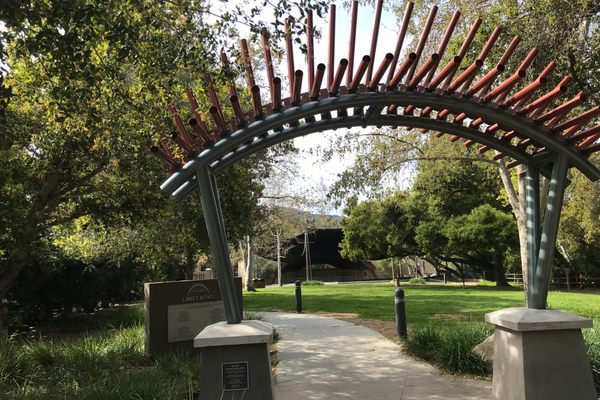
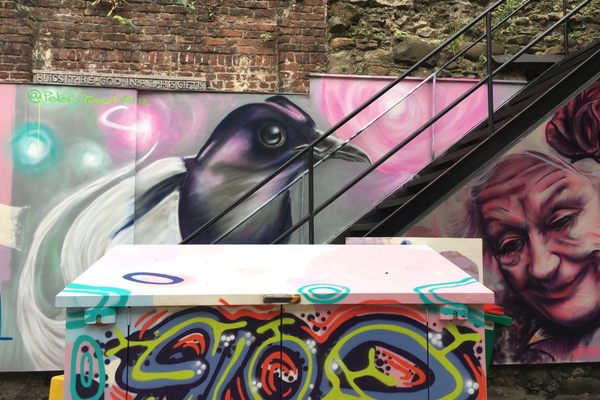
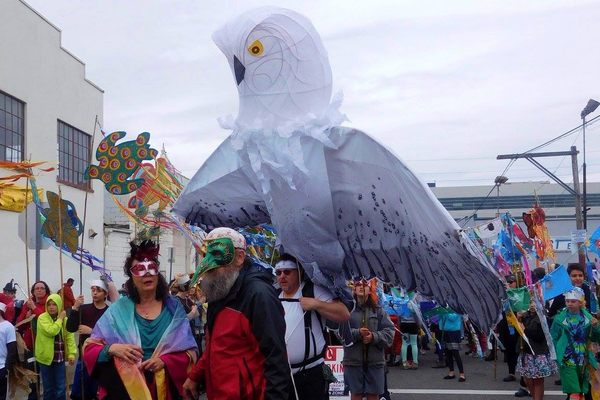


Follow us on Twitter to get the latest on the world's hidden wonders.
Like us on Facebook to get the latest on the world's hidden wonders.
Follow us on Twitter Like us on Facebook